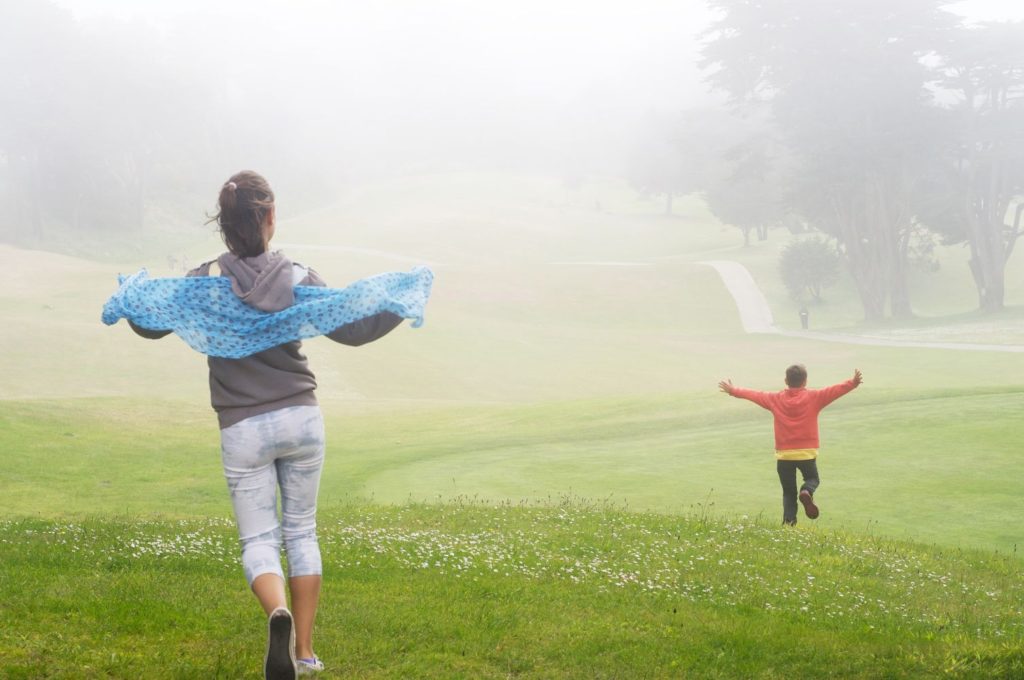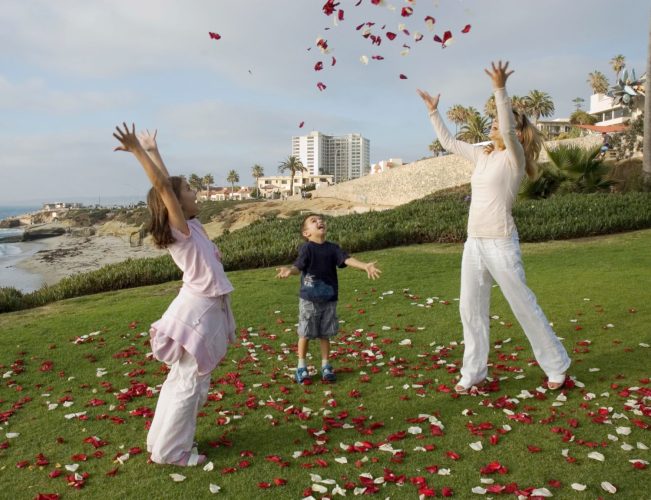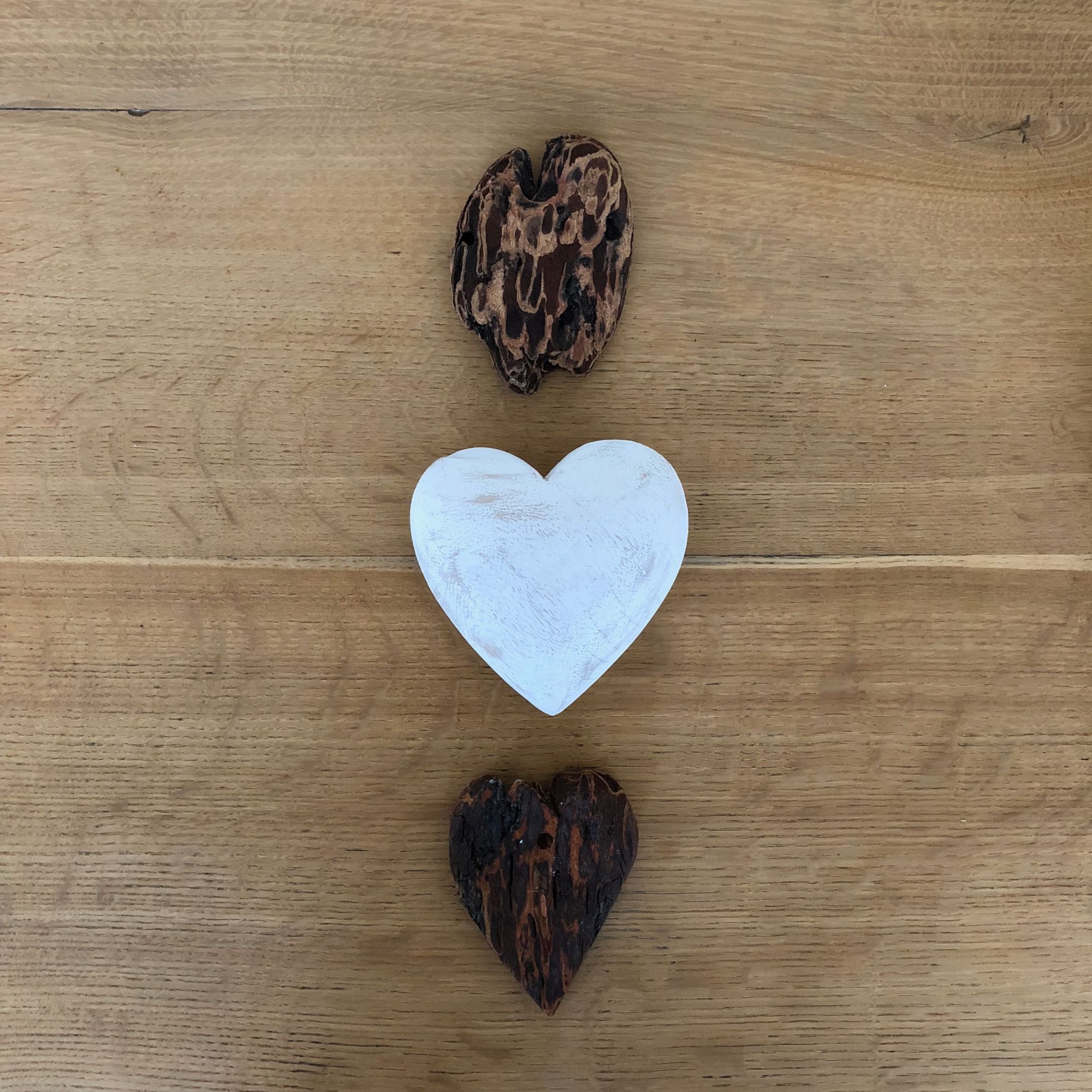Welcome to Mindfulness of Emotions. Each month, we’ll focus on a different emotion, inviting you to join the process of open and honest self-exploration. Emotions come and go; bringing our attention inward allows us to observe, accept, and transform them. Combining the ancient practices with the most recent scientific research, we’ll mindfully seek to separate ourselves from our experiences and thrive regardless of the circumstances. This month we’re discussing joy.
“Walk as if you are kissing the Earth with your feet.”
Thich Nhat Hanh, Peace in Every Step: The Path of Mindfulness in Every Day
When a teacher invites us to set an intention at the beginning of a yoga class, how often do we choose joy as our destination for the practice? – or we make a commitment to observe its omnipresence in our lives? Usually, there are “urgent” matters that we deem more important than noticing joy in and around us at each moment.
A wide spectrum of emotions is associated with joy, and its expressions may vary. We might experience quiet contentment and delight, tears of joy, exhilaration, and even a spontaneous burst of out-loud laughter. Joy seeps through our pleasure when we share precious moments with loved ones. It’s palpable when we are moved by human kindness and it beams out of us when we are fulfilled with what we do. It’s present in the serenity of observing beauty and becoming one with nature and it radiates when we are in a state of wonder about a new dimension of knowledge that opens up in front of our eyes. It pulsates in the inner peace during meditation or any other spiritual practice, and, yet, Joy itself is not an emotion, but a state of being. If we are looking to find the right circumstances which will create it, joy will stay elusive. Joy is unconditional and not depending on any particular situation. Since it is always innately present, joy cannot be created, sought after, or attained; all we have to do is choose to notice its gentle bloom within. Joy is like the blue flame in the fire: quiet, tamed, steady, and sustaining.

Our personality type is often regarded as a main factor in determining if we are naturally joyful or tend to see the glass as “half empty.” Our personalities are a bundle of traits and behavioral patterns, which are both inherited and accumulated through our experiences. Although the process of acquiring them is mostly subconscious, once we become aware, we gain control over our habitual tendencies. “People who are more socially connected to family, to friends, to community, are happier, they’re physically healthier, and they live longer than people who are less well connected,” asserts Harvard Psychiatrist and Director of the Harvard Study of Adult Development Robert Waldinger. According to “Three Degrees of Influence and Happiness,” research conducted by Harvard University Sociologist Nicholas Christakis and UCSD Political Scientist James Fowler, happiness spreads among people with three degrees of separation within a social network. That means, when we feel happy, not only our friend, but also our friend’s friend, has a higher likelihood of feeling happy as well.
Joy itself is not an emotion, but a state of being.
In the yoga tradition, those patterns of behavior are called vasanas. “The word vasana literally means ‘smell.’ Depending upon what type of garbage is in the bin today, that is the kind of smell that will emanate from it. Depending on what type of smell you emit, you attract certain kinds of life situations to yourself,” writes Sadhguru, a visionary and philanthropist in his book, Inner Engineering: a Yogi’s Guide to Joy. The ancient teachings of yoga (specifically Patanjali’s eight limbs of yoga) are a great navigational tool for self-observation that can lead us on the path of self-acceptance. At the end of that path sits joy. Through this mindfulness approach, we become aware of our social conditioning and see our habitual patterns of thinking, acting, and reacting better. When the principles of the eight-fold path become an integral part of our daily inner routine, they slowly grow to an outer practice as well. And, after a while, we might notice that our glass has become half full!
Therefore, being joyful is our responsibility (or response-ability) to be in charge of what we feed the container of the Self with. Yes, we all want to be happy! And the pursuit of happiness is a fundamental American right, written in the Declaration of Independence. However, in the process of pursuing something that we search for outside of us – money, a prosperous career, big house, the “right” person – we lose sight of what is already within. We can begin the self-inquiring process by noticing how we answer the most basic daily question: “How are you?” So often, at least here in the Silicon Valley, the answer is, “Good! Busy!,” as if those two are somehow synonymous. The need to have a job and provide for ourselves and our loved ones is understandable. Yet, busy is a state of doing; good is a state of being. While we are busy in that pursuit, we ignore our deep awareness that joy is our original nature. Just look how pure joy is contagious when it gleams in small children’s eyes! They don’t search for it. It’s simply a part of them, bundled together with an abundance of curiosity and wonder that we all are born with, interwoven with simple, undiscriminating, and unconditional love.
Since everything is impermanent, looking for the one thing to please ourselves with is never the answer to finding lasting joy. Short-lived pleasures do not bring us to a sustainable happy state. Joy dwells on the intangible, and it encompasses happiness without prerequisites.














